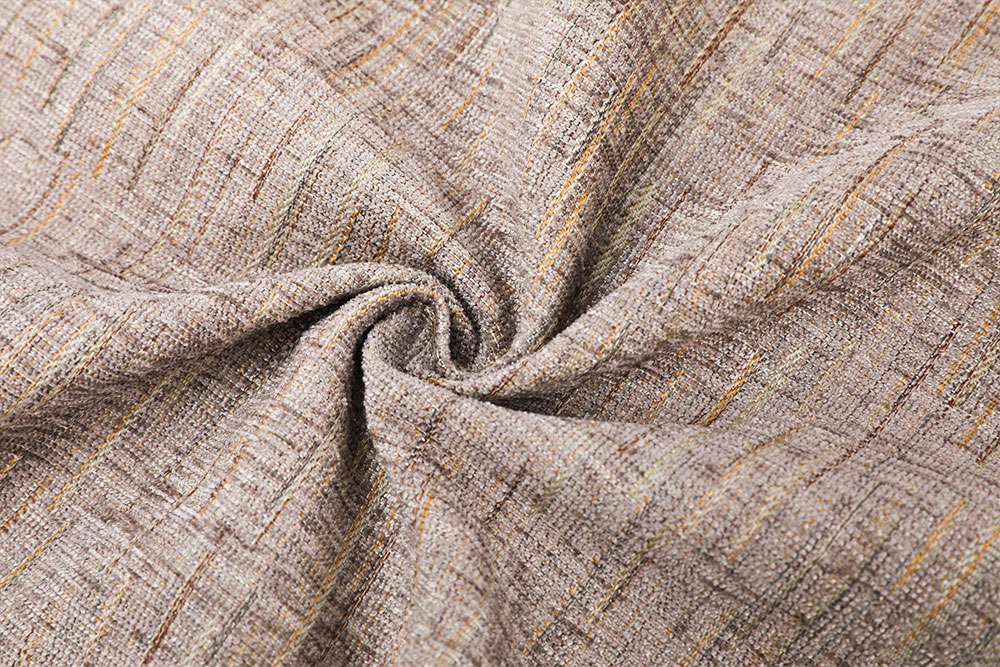When evaluating the safety and performance of fabrics, understanding the differences between inherently flame retardant materials and those with added flame retardant treatments is crucial. At the core of this comparison is how these two approaches handle flame resistance and their implications for both practical use and long-term durability.
Inherently flame retardant fabrics, such as the chenille curtain fabric with the code KLCC-FR-007, possess flame retardant properties as an integral part of their fiber composition. Made from 100% inherently flame retardant polyester yarn, these fabrics have flame resistance built into the very structure of the fibers. This means that the flame retardant characteristics are intrinsic and permanent, not dependent on external treatments. As a result, the fabric maintains its flame retardancy throughout its lifespan, even after multiple washes—this particular chenille fabric retains its flame retardant qualities after 50 washes. This inherent property offers a significant advantage in maintaining safety standards over time, as the flame retardancy does not degrade with normal wear and tear or cleaning processes.
On the other hand, fabrics with added flame retardant treatments involve applying a chemical solution to the textile. These treatments create a protective layer or chemical reaction that impedes the fabric's ignition or burning. While effective at providing initial flame resistance, these treatments can diminish over time due to laundering, abrasion, or environmental factors. As a result, fabrics with added treatments often require periodic reapplication to maintain their flame retardant capabilities, leading to additional maintenance costs and potential inconsistencies in safety performance.

The practical implications of these differences are considerable. Inherently flame retardant fabrics offer ease of maintenance and long-term reliability, making them ideal for high-traffic or high-use environments. They are particularly valuable in settings where consistent flame protection is critical, such as in commercial interiors or public spaces. In contrast, fabrics with added flame retardant treatments might be a more economical choice initially but can incur additional costs and maintenance over time. Their flame resistance can also be less predictable, potentially compromising safety if the treatments wear off.
Historically, the development of Inherently flame retardant fabrics represents a significant advancement in textile safety, driven by increasing awareness of fire hazards and regulatory requirements. These fabrics have evolved from early innovations to sophisticated materials that seamlessly integrate safety into their design. The use of inherently flame retardant textiles reflects a broader trend towards prioritizing safety and durability in fabric choices, aligning with modern interior design and safety standards.
In summary, the key differences between inherently flame retardant fabrics and those with added treatments lie in the permanence of their flame retardancy, maintenance needs, and long-term reliability. Inherently flame retardant fabrics, with their built-in safety features, provide a more durable and dependable solution, while fabrics with added treatments, despite their initial effectiveness, require ongoing care to ensure continued protection.
























 Email: [email protected]
Email: [email protected] Tel: +86-512-63221899
Tel: +86-512-63221899


 English
English Español
Español

